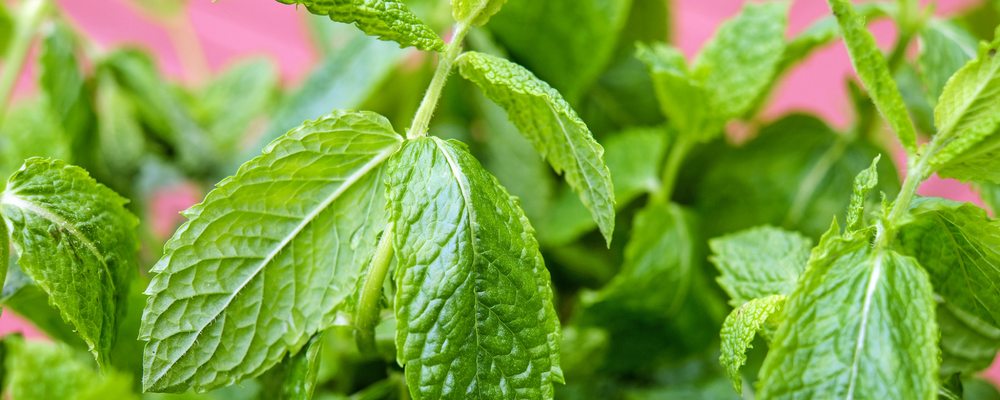
By R. Wayne Mezitt
We’re all becoming increasingly aware that we need to find ways to reconnect with the natural world. Understanding and appreciating nature helps ensure that future generations can continue to love, honor, and respect our world.
Today’s demands for our time — jobs, school, sports, social expectations, and technology — can seem overwhelming, and we’re continuously barraged by information detailing dangers and threats in our environment: sun exposure, tick bites, germs, poisons, sprays, and chemicals. As we voice our worries, our children listen and learn and may become even more reluctant to leave their screens and spend time in the “risky’’ outdoors.
A garden designed for kids can help young minds put these concerns into healthier perspective. As trustee chairman of the Massachusetts Horticultural Society at Elm Bank, I’ve found that providing spaces that encourage children to connect safely with nature helps them learn how the natural world functions and why it’s important to them. It’s also ideal for building self-confidence and learning new skills.
Young minds perceive their world in far different ways than adults; a child’s mind is always actively seeking new information and making connections — some that may seem bizarre and unrealistic to adults. This is how creativity develops: trying new ways to combine what their senses are telling them. Here are ideas for planning your home landscape with children in mind.
Smell
Scientific research reveals that our sense of smell is one of the most powerful components of memory and emotions. We’ve all noticed that a child’s first impulse is to smell a flower to determine its fragrance. Lilacs, Koreanspice viburnum, David Austin roses, and summersweet (Clethra) offer some of the most aromatic flowers to delight the nose. Many herbs release distinguishing scents when touched: thyme, lavender, basil, and rosemary. Katsura tree (Cercidiphyllum) reveals a most distinctive and unusual cotton candy-like perfume each autumn as its leaves fall to the ground.
Sight
What we see and how we perceive it is a primary aspect of garden design. Children distinguish distances and perspective on a different scale from adults. A turn in a garden pathway can conceal an unexpected bold-leaf surprise like hosta ‘Gentle Giant’, also known as regal fern (Osmunda regalis), or the dinner-plate-size flowers of a rose mallow hibiscus. One of the ultimate insect-attracting plants — perfect for showing kids how pollinators work — is mountain mint (Pycnanthemum), a profuse summer-bloomer with fragrant gray-green foliage. And climbing only a few feet up into the branches of a willow tree affords a much different vantage point of the garden for a small child.
Touch
Kids should be encouraged to touch and feel the texture of plants. They can compare the smooth, distinctively-colored bark of a birch, Stewartia, or paperbark maple (Acer griseum) with the rough-textured trunk of a flowering crabapple. The fuzzy, velvety foliage of lamb’s ear (Stachys byzantina) provides a gentle sensation for young fingers. Shrubs with sharp features like American holly (Ilex opaca), roses, juniper, and raspberries can guide pathways and deter entry into an area.
Hearing
Hearing a trickle of water from a fountain or stream can entice a child to explore further, as can the tone of a wind chime hidden among the branches of a ginkgo tree. The crunch of gravel underfoot as the path changes might indicate we’re entering a new section of the garden. Cheeps of baby birds nesting in a wren house add a musical touch to the area. A bamboo garden clacker (shishi-odoshi) at a stream or pond entices young minds to investigate the unusual sound and learn how it works.
Taste
Taste is a significant sense to be nurtured, but with greater caution: Be sure children understand that they need to confirm with an adult the safety of anything before they put it in their mouths. Tasting mint leaves, chewing a sweet yellow birch(Betula) twig, nibbling a cilantro leaf, and biting into the stem of lemon grass each offer a unique flavor experience perhaps unfamiliar to many children.

Though the temperate seasons are probably when children will be enjoying their gardens, they may be excited about playing outside even in winter, when the weather is agreeable. Cold weather garden activities might include examining an icy water feature and climbing a low-branched tree. Trees with colorful bark, weeping deciduous plants whose structure is most visible when their leaves have fallen, and evergreens that form a snowy cave all appeal to kids’ senses.
Many public gardens feature areas for children. Take the time to visit one near you; it will help you develop ideas on designing a kid-friendly oasis right in your own yard.
About the Author
Wayne Mezitt is a 3rd generation nurseryman, a Massachusetts Certified Horticulturist, now chairman of Weston Nurseries of Hopkinton, Chelmsford & Hingham MA, and owner of “Hort-Sense”, a horticultural advisory business. He currently serves in various capacities on several horticulturally-related organizations, including the Massachusetts Horticultural Society at The Gardens at Elm Bank in Wellesley MA, and chairman for the Massachusetts Invasive Plant Advisory Group (MIPAG).
This article was originally published in the Boston Globe.







